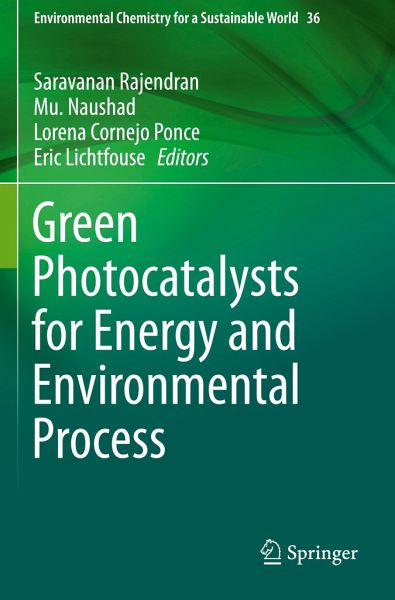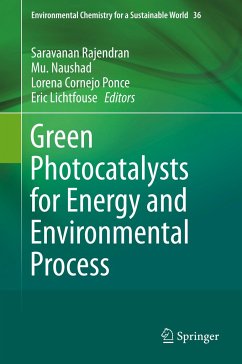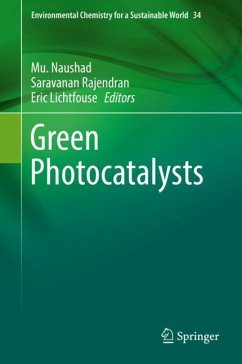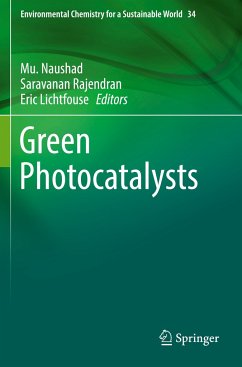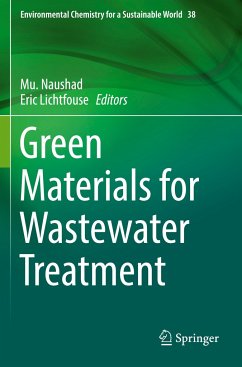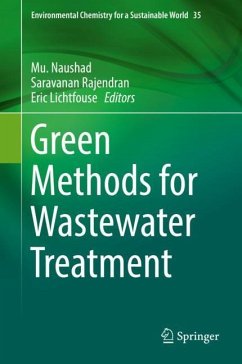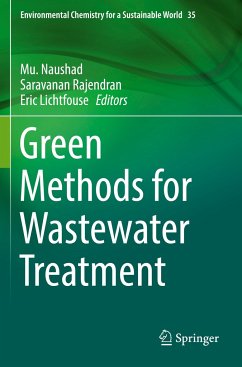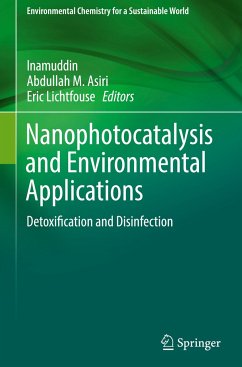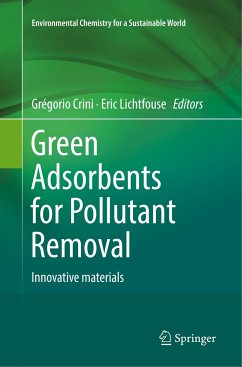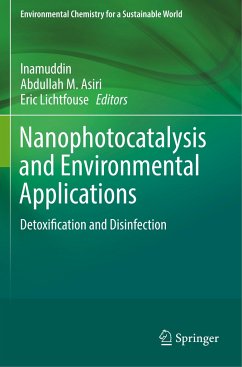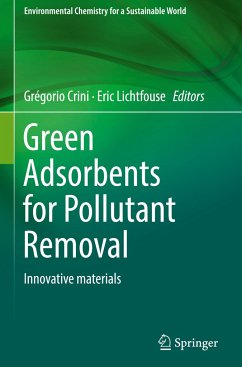Dr. Saravanan Rajendran has received his Ph.D in Physics-Material Science in 2013 from the Department of Nuclear Physics, University of Madras, Chennai, India. He was awarded the University Research Fellowship (URF) during the year 2009-2011 by the University of Madras. After working as an Assistant Professor in Dhanalakshmi College of Engineering, Chennai, India during the year of 2013-2014, he was awarded SERC and CONICYT-FONDECYT post-doctoral fellowship, University of Chile, Santiago in the year of 2014- 2017. He has worked (2017-2018) in the research group of Professor John Irvine, School of Chemistry, University of St Andrews, UK as a Postdoctoral Research Fellow within the framework of a EPSRC-Global Challenges Research Fund for the removal of Blue-Green Algae and their toxins. Currently, he is currently working as a Research Scientist, in the Faculty of Engineering, Department of Mechanical Engineering, University of Tarapacá, Arica, Chile. Also, Research Associate in SERC, University of Chile, Santiago, Chile. He is Associate Editor for International Journal of Environmental Science and Technology (Springer). His research interests focuses in the area of nanostructured functional materials, photophysics, surface chemistry and nanocatalysts for renewable energy and waste water purification. He has published several International peer-reviewed Journals, five book chapters and three books published by renowned international publishers. Dr. Mu. Naushad is presently working as an Associate Professor in the Department of Chemistry, College of Science, King Saud University (KSU), Riyadh, Kingdom of Saudi Arabia. He obtained his M.Sc and Ph.D Degree in Analytical chemistry from Aligarh Muslim University, Aligarh, India in 2002 and 2007, respectively. He has a vast research experience in the fields of Materials Chemistry & Environmental Science. He holds several US patents, over 250 publi^47.He has successfully run several research projects funded by National plan for Science, Technology and Innovation (NPST) and King Abdulaziz City for Science and Technology (KACST), Kingdom of Saudi Arabia. He is the editor/editorial member of several reputed Journals like Scientific Report (Nature); Process Safety & Environmental Protection (Elsevier); Journal of Water Process Engineering (Elsevier) and International Journal of Environmental Research & Public Health (MDPI). He is also the associate editor for Environmental Chemistry Letters (Springer) and Desalination & Water Treatment (Taylor & Francis). He has been awarded the Scientist of the year award-2015 from National Environmental Science Academy, Delhi, India and Almarai Award-2017, Saudi Arabia. Dr. Lorena Cornejo Ponce, is currently working as a professor in the Faculty of Engineering in the Department of Mechanical Engineering at University of Tarapacá, Arica, Chile. She obtained her Master'sdegree in Chemistry (Analytical Chemistry) and Ph. D (Science- Chemistry) in State University of Campinas, Campinas-Brazil, in the year of 1988-1995. Further, she continued her Post-Doctorate in the same University in the year of 1998. She interested in the field of spectroscopic analysis, environmental issues and novel catalysts; developing new technology in the area of decontamination, water disinfection and Solar Water Treatment. She published several articles in ISI publications, book chapters, and conference proceedings. She handled successfully in several national and international research projects financed by different government and private funding agents such as FONDECYT, FONDAP, FIC, CONICYT, OAS, CYTED. She obtained international recognition awards -2 MERCOSUR (Science and technology- integration category) in the year of 2006 and 2011. Also, she is Coordinator in the Laboratory of Environmental Research of Arid Zones, LIMZA. In addition, she holds the position of the Principal Investigator and Coordinator of Line No. 1: Solar Water Treatment of SERC-CHILE. She also participates in the AYLLU SOLAR Project, Solar Energy: Sustainable Development for Arica and Parinacota as a member of the Steering Committee and as the Coordinator of the "Solar Water Treatment" area. Dr. Eric Lichtfouse (PhD), born in 1960, is an environmental chemist working at the University of Aix-Marseille, France. He has invented carbon-13 dating, a method allowing to measure the relative age and turnover of molecular organic compounds occurring in different temporal pools of any complex media. He is teaching scientific writing and communication, and has published the book Scientific Writing for Impact Factors, which includes a new tool - the Micro-Article - to identify the novelty of research results. He is founder and Chief Editor of scientific journals and series in environmental chemistry and agriculture. He got the Analytical Chemistry Prize by the French Chemical Society, the Grand Prize of the Universities of Nancy and Metz, and a Journal Citation Award by the Essential Indicators.
